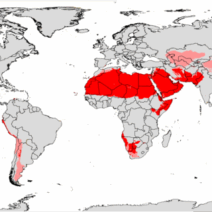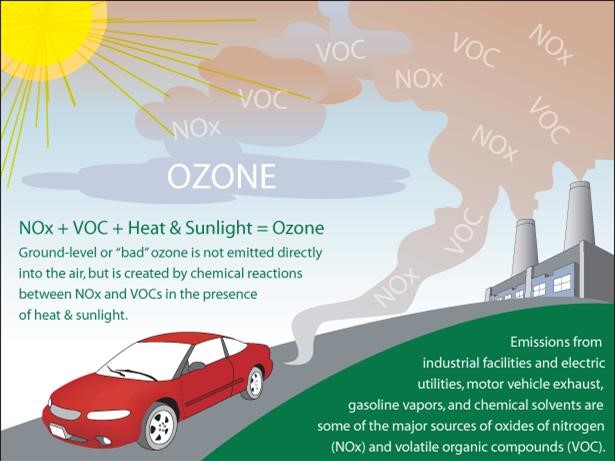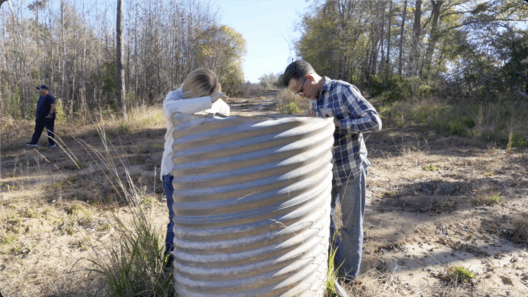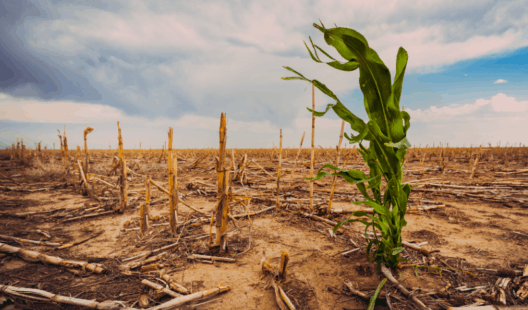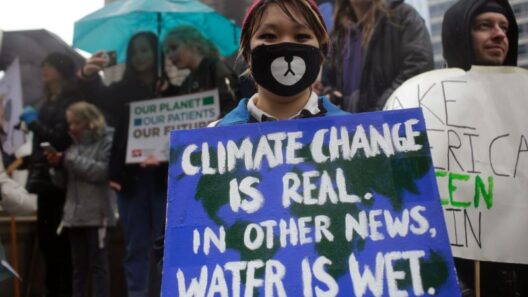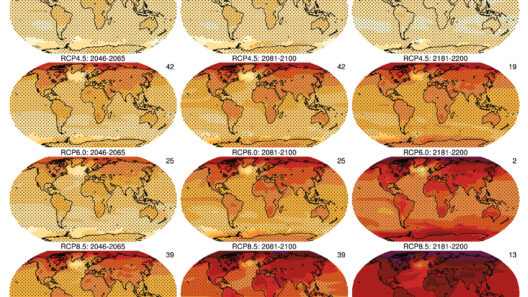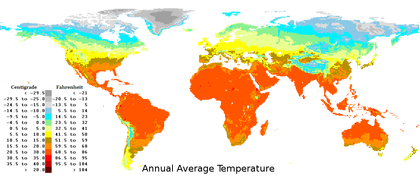Climate change and its myriad effects have become an undeniable reality, impacting ecosystems, weather patterns, and human societies globally. However, beyond these immediate consequences, a significant yet less widely understood phenomenon is the interaction between climate change and the ozone layer. The relationship between these two critical environmental issues is multifaceted, encapsulating both the damaging effects of climate change and the ongoing efforts to repair the ozone layer. In this discussion, we will unravel how climate change affects the ozone layer, examining the implications and urging necessary action.
The ozone layer, situated in the stratosphere, serves as Earth’s critical shield, absorbing the majority of the sun’s harmful ultraviolet (UV) radiation. Without this protective layer, life as we know it would be severely compromised, as increased UV exposure would lead to heightened rates of skin cancer, cataracts, and detrimental biological effects on both flora and fauna. The first substantive question to address is whether climate change exacerbates the degradation of the ozone layer.
Research indicates that climate change does influence the ozone layer, though the relationship is complex. One primary aspect is the interplay between greenhouse gases and ozone-depleting substances. For decades, chlorofluorocarbons (CFCs) and other ozone-depleting chemicals have been identified as the main culprits behind ozone layer depletion. However, while efforts through international treaties, such as the Montreal Protocol, have successfully phased out many damaging substances, the persistence of greenhouse gases in the atmosphere continues to pose a challenge.
Greenhouse gases, chiefly carbon dioxide (CO2) and methane (CH4), propagate global warming, leading to changes in atmospheric dynamics. These alterations can disrupt the temperature profiles of the stratosphere, creating conditions that may influence ozone concentrations. Specifically, warming in the upper troposphere and lower stratosphere can lead to ozone depletion, chiefly because of the complex reactions between ozone depletion mechanisms and climate factors. As the stratosphere warms, it can affect the circulation patterns that govern ozone distribution and recovery.
The polar regions exemplify the ramifications of this interaction. In polar stratospheric clouds (PSCs), which form when temperatures drop in the stratosphere, the chemistry that leads to ozone depletion can become exacerbated under climate change conditions. Warmer temperatures can influence when these clouds form and how long they last, thereby extending the duration of ozone depletion events during the Antarctic spring. This aligns with observations of the Antarctic ozone hole that have persisted, even as we’ve curtailed the use of CFCs.
Conversely, there is a degree of relief offered by climate change in certain contexts. The reduction in atmospheric CFC levels has contributed to some recovery in specific regions of the ozone layer, primarily due to the decline of these anthropogenic substances. Models show that by mid-century, the ozone layer may recover to its pre-1980 levels if current trajectories continue. However, this is contingent upon the dedication of nations to uphold their commitments under the Montreal Protocol while simultaneously striving to reduce greenhouse gas emissions.
Another significant concern lies in the connection between climate change and ozone concentrations at ground level, a phenomenon distinctly separate from stratospheric ozone. Ground-level ozone is a primary air pollutant formed by chemical reactions between volatile organic compounds (VOCs) and nitrogen oxides (NOx) in the presence of sunlight. Climate change enhances the conditions under which these reactions occur, leading to elevated ground-level ozone concentrations. The repercussions of this are dire; increased ground-level ozone exacerbates respiratory illnesses, reduces crop yields, and invites a range of adverse health effects on vulnerable populations.
Mitigating the impacts of climate change on both the stratospheric and ground-level ozone is not merely a scientific challenge but a socio-political imperative. Policymakers must prioritize integrated approaches toward environmental governance that encapsulate both ozone layer protection and climate change mitigation. Advocacy for renewable energy sources, such as wind and solar, alongside stricter regulations on industrial emissions, can yield significant benefits for both ozone health and the broader climate agenda.
The urgency of tackling climate change and ozone layer depletion is compounded by the uncertain futures these layers promise. As human activities generate enormous environmental implications, the need for public awareness becomes paramount. Educational initiatives that build understanding around the interconnectedness of climate and ozone issues can foster collective action, driving both individual and collective behavior changes necessary for planetary health.
In conclusion, while climate change and the ozone layer may seem like disparate challenges, they are intricately linked in ways that demand our attention. The health of the ozone layer is inextricably tied to the broader patterns of climate change, emphasizing the need for comprehensive and synergistic environmental policy frameworks. As recovery efforts for the ozone layer continue, it is crucial that we also heed the looming threat of climate change, ensuring that we safeguard both our planet’s protective barriers and the well-being of future generations. The path forward must embrace unity in action, drawing allies across political, scientific, and civil sectors to confront these interconnected issues head on.


